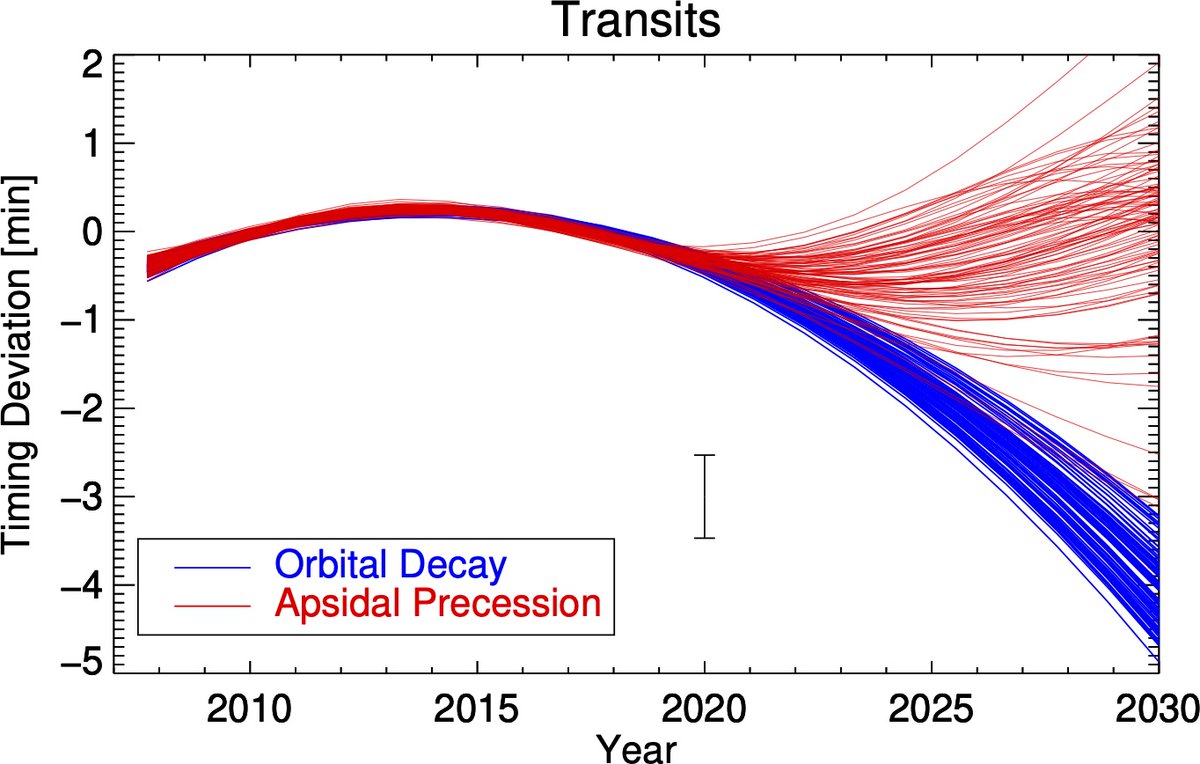
Andrew Ridden-Harper
@astroandrew123
Astronomy student passionate advocate for science!
ID: 1141841936
02-02-2013 08:08:49
866 Tweet
78 Takipçi
179 Takip Edilen



















It's exciting that #JWST's epic journey can be watched from the Ōtehīwai Mt John Observatory in #NewZealand! NASA Webb Telescope ESA Webb Telescope Canadian Space Agency New Zealand Space Agency University of Canterbury UCNZ's Mt John Observatory @Chchspace SpaceBase New Zealand 🇳🇿

New paper on emission spectroscopy of the ultra-hot Jupiter #exoplanet KELT-9b, using Carmenes Exoplanets data, led by Andrew Ridden-Harper, accepted by@AAS_Publishing: arxiv.org/abs/2304.03248 #astronomy















